Minecraft Windows 10: Taming and Breeding guide
Which animals can be tamed, and which can be bred? What do you need to make them do this?
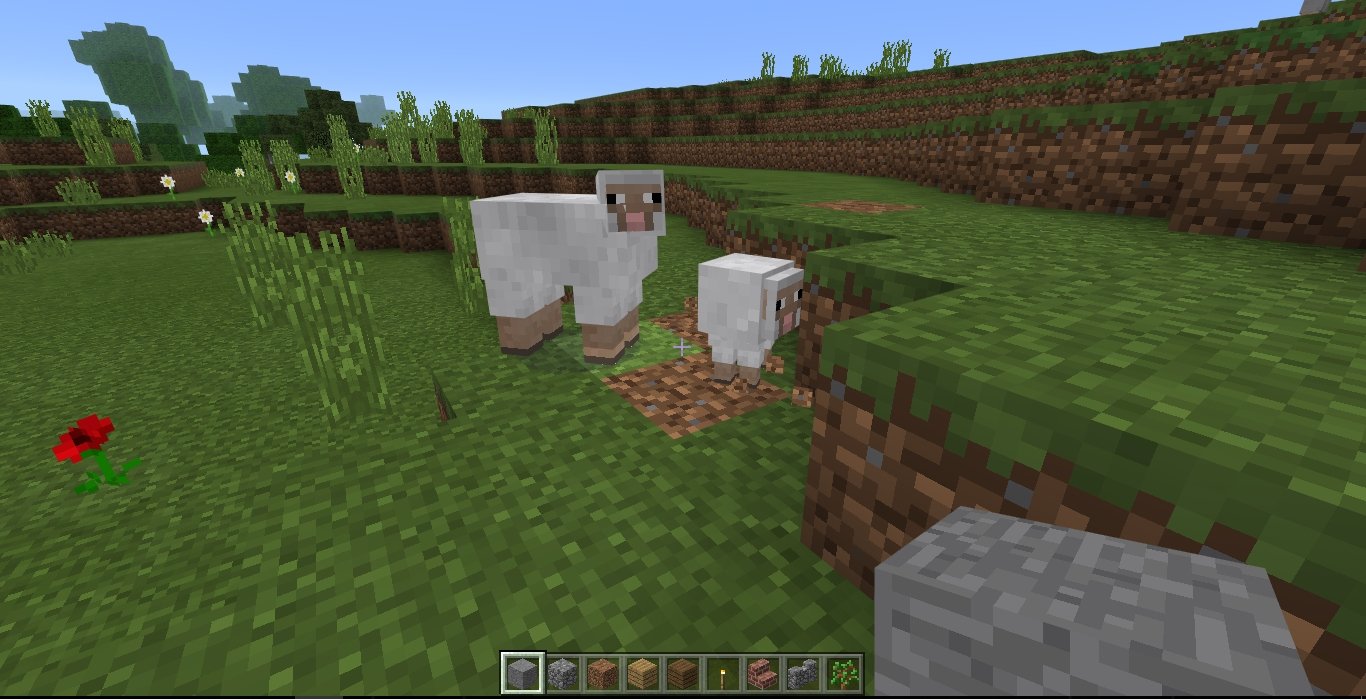
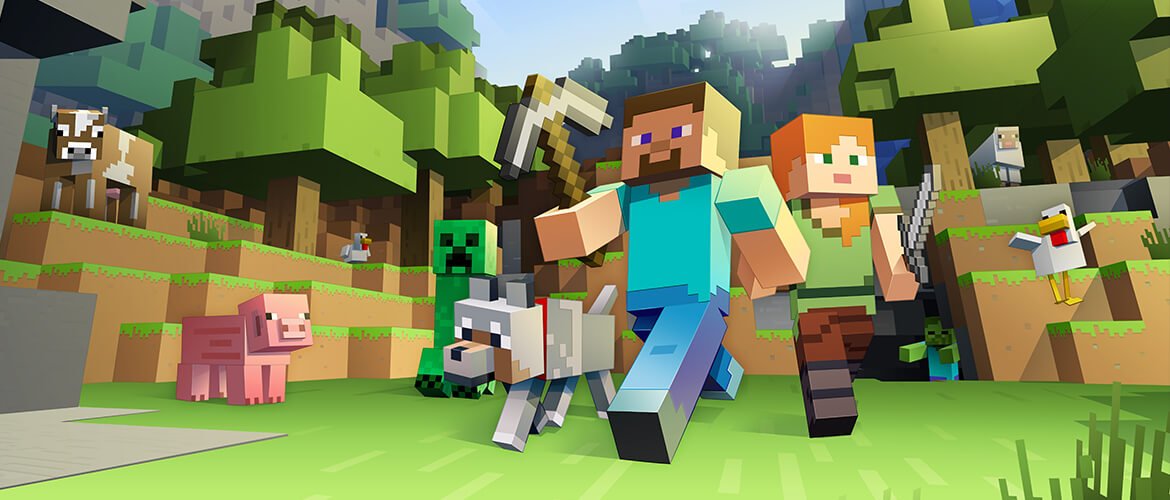
There are many different uses for domestic animals in Minecraft. They are a great source of materials, whether that may be from killing it for its leather and meat, shearing it for its wool, or milking it for milk and shroom soup. But we need to get the animals together to make babies. Don't get your hopes up for some 70's smooth jazz — this guide is totally safe for work.
Lead Mode
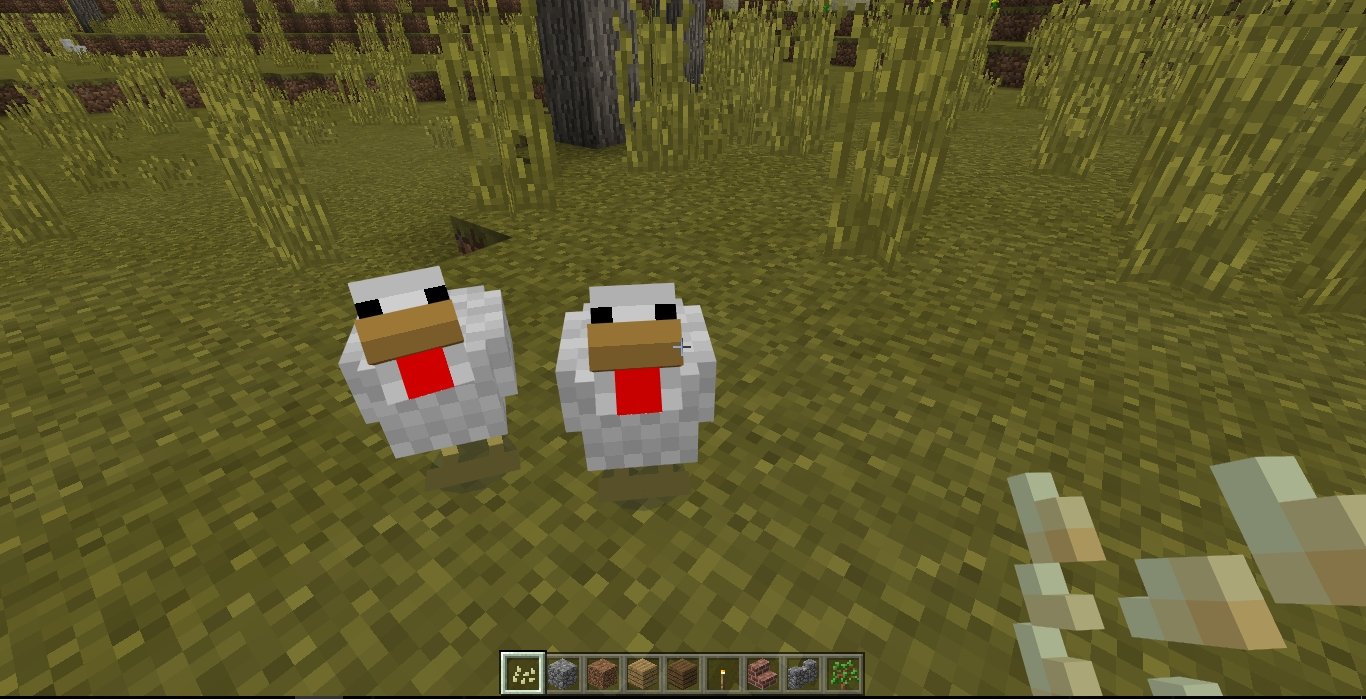
All domestic animals can be lead if you present them with their favorite food. You can tell when you're holding food a particular animal likes because it will stare at you and follow you around. If you move too far away, the animal will lose interest and move off. This makes it easier to get two of the same animal close enough to each other for you to get them into Love Mode.
Love Mode
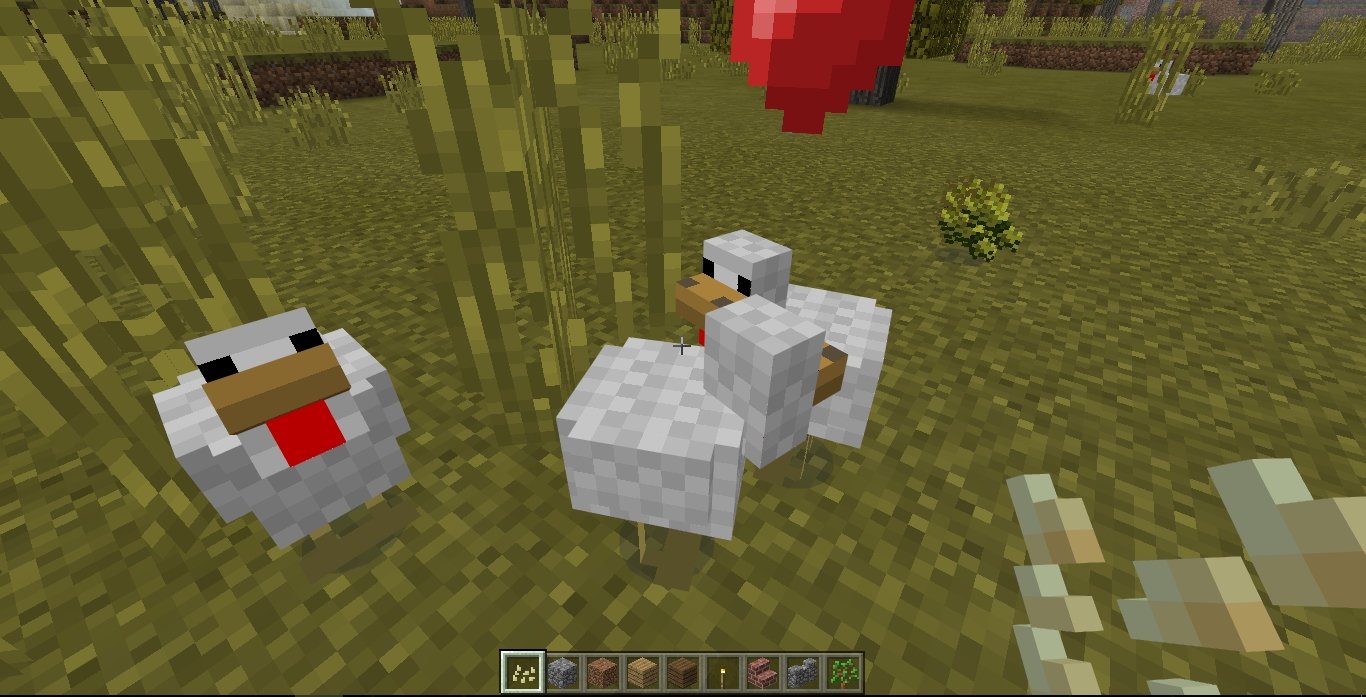
When you have two animals together in the same vicinity, and you want to breed them, you'll have to get them into Love Mode. Each animal breed has its own thing that will make it go into Love Mode which is listed below. Some animals will eat more than one type of food to get them to breed, or have other stipulations which will also be noted.
- Chicken: Seeds, pumpkin seeds, melon seeds
- Cow: Wheat
- Horse: Golden apple, golden carrot
- Mooshroom: Wheat
- Ocelots: Raw fish, raw salmon, clownfish, pufferfish (Must be tame)
- Pig: Carrots, potatoes
- Rabbits: Dandelions, carrots, golden carrots
- Sheep: Wheat
- Wolves: Any kind of cooked/uncooked meat and fish, including rotten flesh (Must be tame)
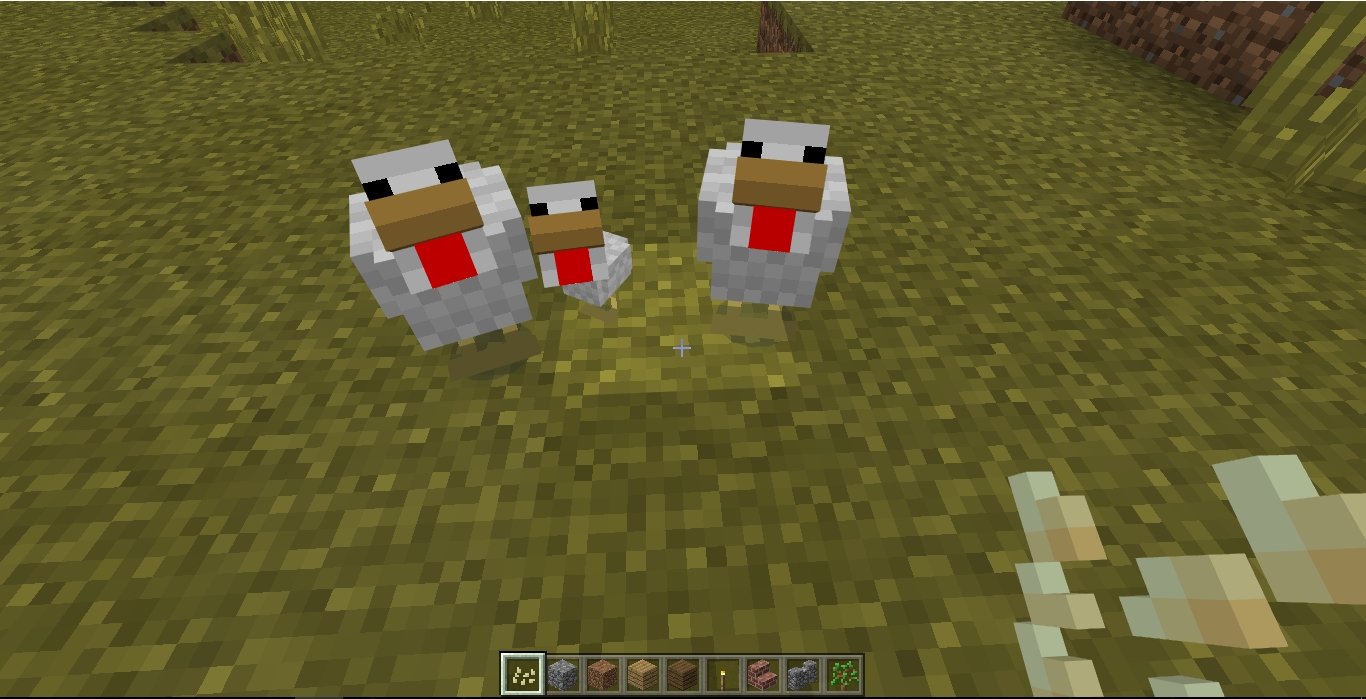
When you have two of the same animals together, and you have fed them their food, hearts will sparkle from them until Love Mode wears off. If two animals are in Love Mode and are close together, they will kiss and a baby animal will appear.
Taming
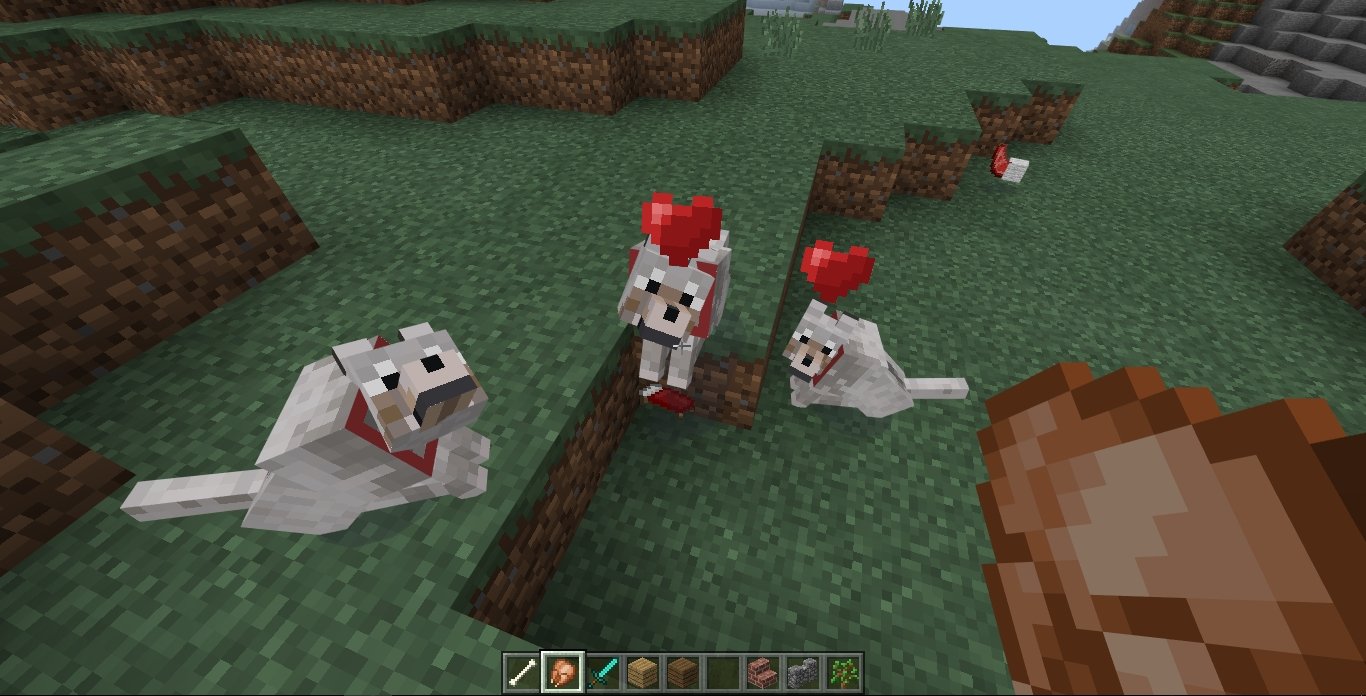
Taming works a little bit differently to breeding. Taming can require multiple attempts in order to be successful.
- Horses, Mules and Donkeys: I order to tame one of these three hooved beasts, you must try to ride it. It will buck you off repeatedly, but keep trying until hearts start rising out of it. Then you will be able to ride it, but in order to control it, you must have a saddle (which are super rare and found in chests in dungeons and Mineshafts).
- Ocelots: If you have fish in your hand, nearby ocelots will come and beg. You will have to feed it a few times, so make sure you have a stack on you. It shouldn't take that many, but it's always best to have more than you think you'll need.
- Wolves: The risk getting the bones needed to tame wolves is far outweighed by how useful having a tame wolf is. Skeletons drop bones, and bones are the only thing you can use to tame wolves. As with the ocelots, it's best to have more bones than you need as taming wolves is almost never as straightforward as only feeding them one or two.
Villager Breeding
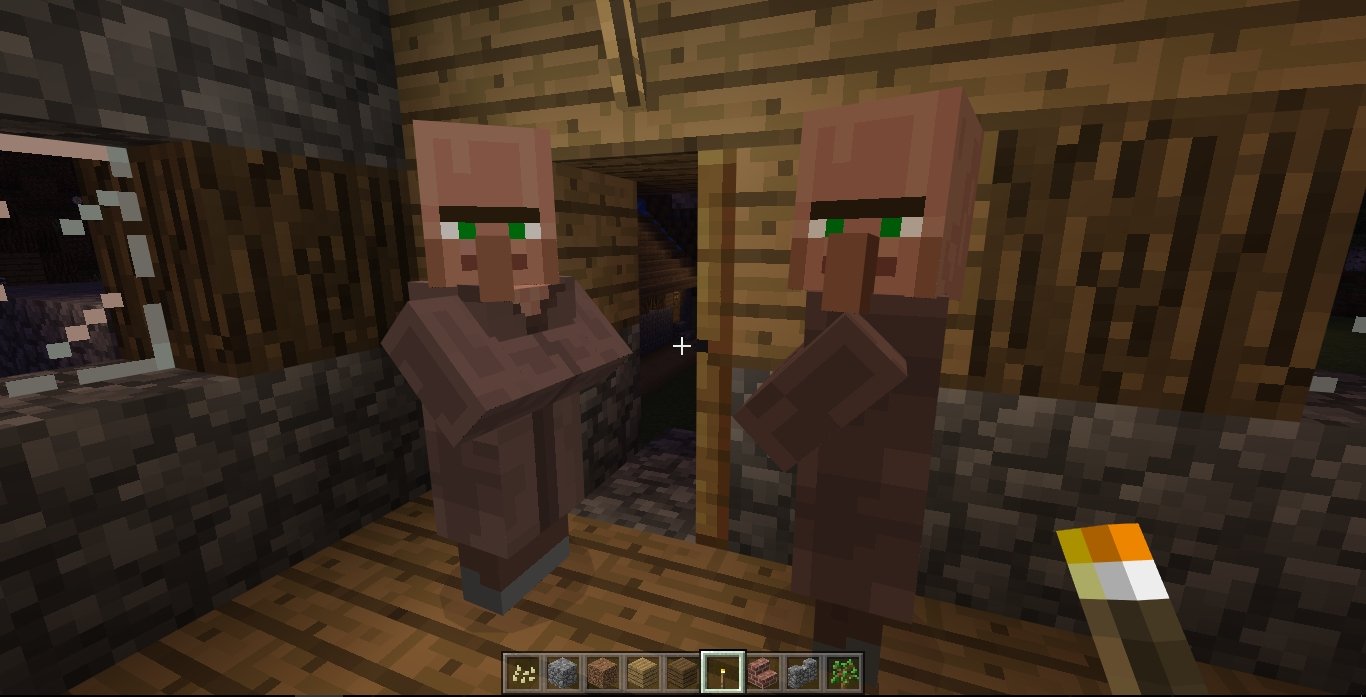
Villager breeding isn't something you actually have any control over, but it is possible in the right scenario to experience the pitter-patter of tiny villager feet. Since you can't force feed them in order to get them in the mood, villagers that you trade with often or have food in their inventories will be more likely to breed, but there are other factors. There must be two adults in the village — maybe that seems a little obvious, but villagers don't breed via cell division.
Villages that haven't reached their population cap but have at least two adults and qualifying "houses" will see a natural rise in population, propagated by the villagers and with absolutely no intervention from you (unless you're building them houses to live in).
Get the Windows Central Newsletter
All the latest news, reviews, and guides for Windows and Xbox diehards.
Lauren Relph is a games writer, focusing on Xbox. She doesn't like piña coladas but loves getting caught in the rain. Follow her on Twitter!

